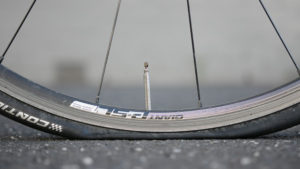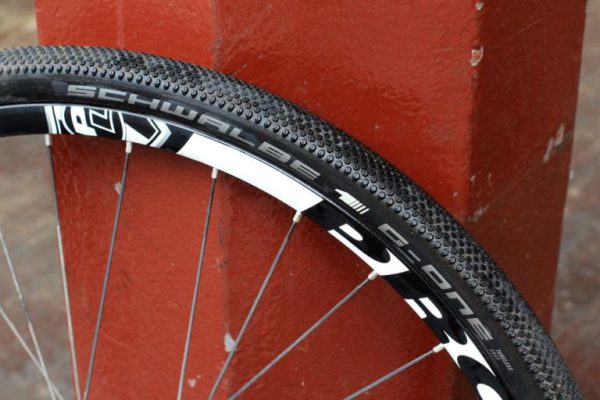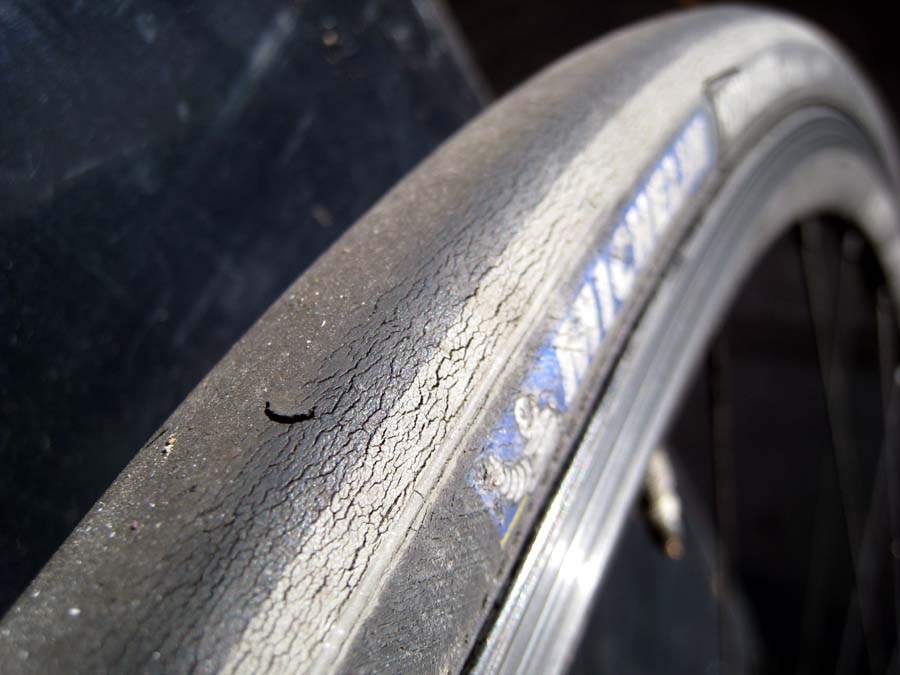Signs You Need To Replace Bike Tires
Cracks
Frequent Flats
Tread Wear
Squaring Off
Exposed Casing
Bulges and Bubbles
By Mileage
Attrition by Age
Ride Quality

Experiment With Tire Pressure
It’s been previously stated that proper pressure is important to your tire, but what good are rules unless you can break them. In the last decade it has become trendy to pump up tires as high as they will go. Or that the more pressure, the faster the bike will ride. At least one brand of tire actually requires 140 psi. That much pressure can make a bike ride harsh. Super high pressure can make the bike bounce depending on how heavy you are. It transmits road shock, fatigues the rider, causes the premature failure of bike frames and wheels and makes tires more prone to flats.
